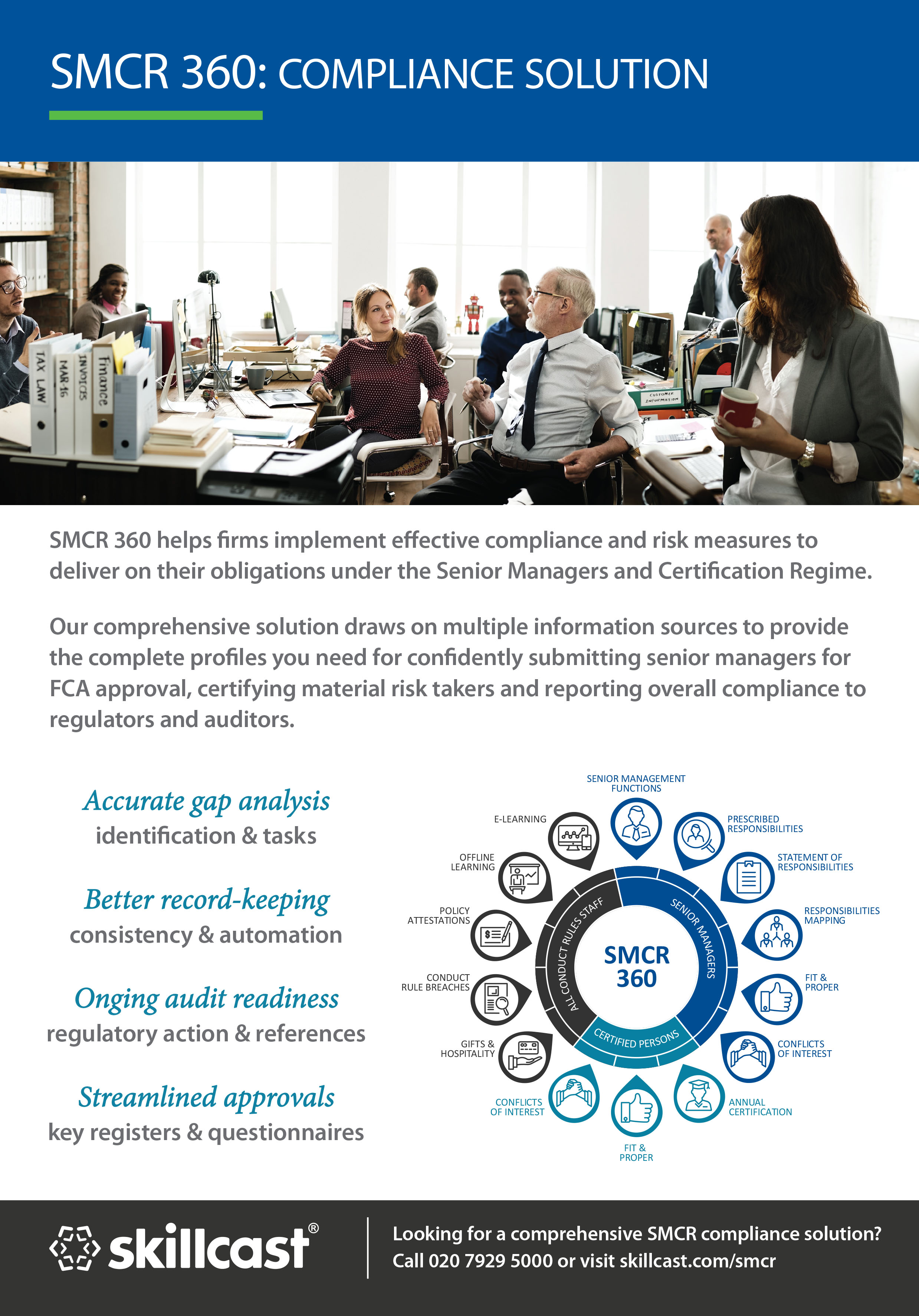Simon Truckle discusses Blended Learning and makes a case as to why a blended approach drives engagement and learning outcomes
Whilst compliance training is considered a necessity, there is a risk that it is seen as a box to be ticked rather than something beneficial to learners. So, how can businesses harness best practice in order to get the most engagement and positive participation, which will lead to a greater likelihood of consistent compliant behaviour?
In other words, how can businesses ensure their employees are more engaged in their learning and development?
“Employee engagement is the emotional commitment the employee has to the organisation and its goals.” (Kevin Kruse, 2012)
Unfortunately, engaging staff is a big challenge for employers. Did you know:
- 67% of Workers in the USA are not engaged*
They are either:
- Not engaged at all – (51%) or
- Actively Disengaged – (16%).
(Gallup State of the Workplace Study 2017)
So, it is critical that you provide training that engages your learners, but should that be face-to-face, e-learning, mentoring… or something else?
This means that it is:
- Harder to retain employees, who will be constantly looking for alternative opportunities.
- Employees who do not get the opportunities to learn and develop will not be as productive or committed as they could be.
- Providing quality training and development opportunities is one of the ways in which employee engagement can be improved – and it looks like it’s needed!
So, it is critical that you provide training that engages your learners, but should that be face-to-face, e-learning, mentoring… or something else? Maybe Blended Learning?
This checklist will help assess which methods might work best for you.
By answering the questions below, hopefully you can start to formulate your ideas in terms of how you can best structure your training to produce the results you want – a blended learning approach – the most important of which being an engaged workforce who are willing to embrace compliance learning and development as part of their job roles. Look at the answers below and select which one is the closest fit for your business.
Imagine you have just completed a survey to find out what your employees would like to see in their training programmes. What would you expect to be the overall outcome?
- They like face to face classroom sessions, and are not so keen on e-learning
- They like a mixture of both face-to-face and e-learning. But the e-learning for the technical skills, face-to-face for the soft skills
- They are keen on e-learning and like how it can be fitted around their working day
- No strong preferences either way
Think about how you have delivered your training programmes in the past. How have your staff responded to your approach to date?
- They like taking time out to go to training sessions, especially if they are for full days
- They like e-learning courses as well, but the focus is on making sure they are not the people who don’t complete it by the deadline
- Positive feedback is received about the e-learning, and the topics covered
- It is very difficult to obtain feedback about training, regardless of its form
Imagine you have just run an e-learning course that included an interactive game, asking staff to “follow the suspicion” with regards to a potential case of money laundering. How do you think your staff would react?
- They would like the game, but would say it would work better as a role play
- It would be completed, but with no noticeable difference in the way that they approached e-learning
- You would get feedback that staff really liked it and would like more games in their training
- The training is completed, but the level of feedback received has not changed
You have just migrated a course that has previously been run using several “lunch and learn” sessions onto the e-learning platform. When you communicated this change to your staff, what was their reaction?
- You received complaints that this was no longer available as a face-to-face session
- Some staff said they understood why the change was happening, and committed to taking the e-learning module
- The reaction was largely positive, with many staff stating they were happy to get their lunch hour back!
- There was little staff reaction or feedback
How did you answer?
Mostly 1? Then it feels like your training mix should still include a reasonable amount of face-to-face activity. This doesn’t mean that e-learning won’t work for you, but traditional learning methods still appear to have a place in your mix – perhaps with the inclusion of professional trainers or facilitators if you’ve not used them before.
Mostly 2? Your staff have clearly accepted e-learning as a necessary part of their training plans, but it sounds like there’s more that can be done to engage them on a deeper level, perhaps by looking more closely at the structure of some of your materials and putting some of the techniques suggested in this paper into practice.
Mostly 3? You’re in a good place to build on what you already have – staff have embraced e-learning and will probably be receptive to further developments. The key is to never sit back and say what you have is good enough.
Mostly 4? It sounds like your main challenge is to build that fundamental level of engagement, by looking at creative ways to elicit feedback. However, consideration should be given to trying something a little more radical to get people’s attention. Carrying on with the status quo, even with changes to your training arrangements, isn’t an ideal place to be. Perhaps an independent training consultant could help you?
The chances are that your answers were a mix of all 4 options and the best solution is a hybrid of all learning types.
How this Could Look
To give you an example of how such an approach could be taken, here’s how the subject of GDPR compliance could be approached using different methods, in order to ensure comprehensive coverage of this topic.
- E-Learning Primer – What GDPR is, what the key rules are around acquisition of data, as well as how it must be retained, processed and ultimately deleted.
This could include game play on specific subjects; for example, spotting the correct consent from a variety of scenarios, as well as choosing the right response to requests for erasure.
- Face-to-face sessions – GDPR in the workplace. A deeper look at understanding what GDPR means in practice on a day-to-day basis. Sessions could look at how data is stored, what security measures are needed when travelling, how to maintain data security in the office, how to handle DSARs, what to do when requests are received from someone other than the data subject etc. Could include role play exercises for someone wanting their data erased, in order to highlight when the right can be exercised and when it cannot. Also, a group session could explore how to identify if a data breach may have occurred.
- Focused Mentoring – One-to-one mentoring sessions for the Privacy Officer and senior data officers (if appropriate) to help them to understand and be comfortable with the new, more stringent requirements, as well as the risks of greater fines that can be levied on firms. Also, to provide them with assurance over the standards of job performance that are needed in the post-GDPR world.
The Final Word
This paper aims to show some of the ways in which tried and tested best practice can enhance your compliance training and most of all, improve the levels of both engagement and trust with staff in terms of your training provision.
Most importantly, whichever training you select when working with a training provider, it must:
Be efficient;
Be interesting;
Have the right coverage (both mandatory and risk-based topics); and
Be sponsored by management of appropriate seniority.
But above all, it should be an enjoyable, educational, and if possible, a fun experience! Perhaps Blended Learning is the way forward?





